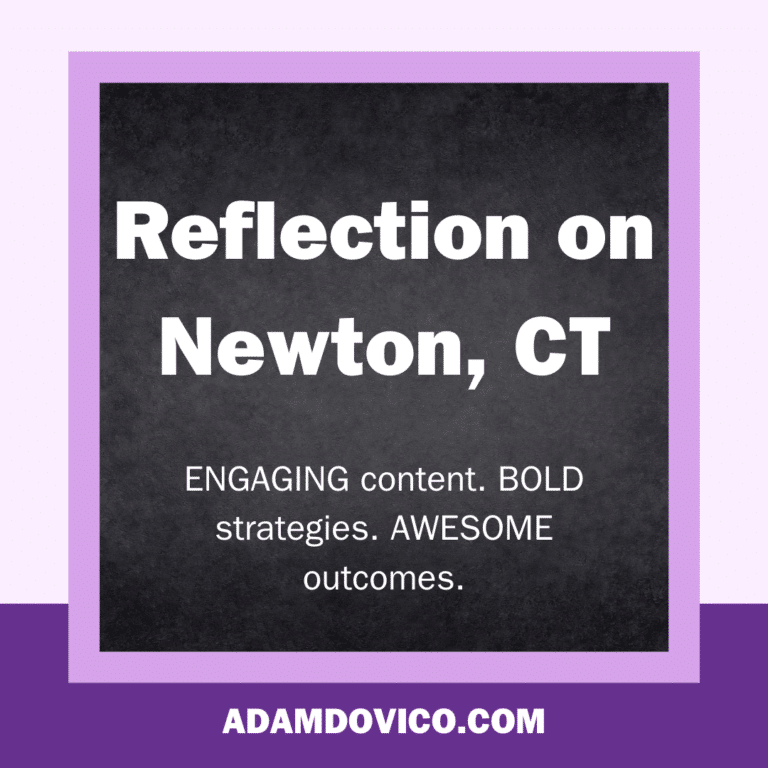Do You Have the Next Dylann Roof in Your Classroom?
Yet again, we have a national tragedy on our hands, one that many are calling a terrorist act, which I will not argue against. This time at a historic black church in Charleston, SC. By now, you have heard the shooter’s name, which other than the title, I will not be using again.
In the coming days, we will undoubtedly hear from the shooter’s family, friends, colleagues, and teachers. In many stories like this in the past, we have heard a barrage of adjectives used to describe the individuals responsible – loner, popular, shy, kind, unpredictable, troublemaker, and so on. We may hear things like “I could never believe they would do such a thing” to “He was bullied in school.” To the best of my knowledge, I have never heard someone close to the individual responsible for a shooting to describe the person as they were growing up as a “killer,” “terrorist,” or “murderer.”
Individuals do not own those monikers until they have committed the crimes, and understandably so. It would be highly unfair and unethical to denote an individual a murderer before they have done any act. However, each of these sick individuals who have committed such crimes all have one thing in common. At one point, they were sitting in the desks of our schools. They were each in a classroom as a part of our educational system.
As a teacher, we are with our students for more hours of the day than some of their parents. We love our students, call them “our children,” and even when we don’t always like their actions, at the end of the day, they are a piece of your heart. Which is why it is disheartening to think that one of your students could be on the front cover of the newspaper for committing such a heinous crime.
Unfortunately, hindsight is 20/20. This shooter’s former teachers may reflect now and think of tell-tale signs that may have been minute in the moment, but make much more sense now. The challenge, of course, is what can you as a teacher do about it when there are signs of disturbing behaviors, racist tendencies, revengeful remarks, or sign of mental illnesses with your students?
1) Report it – Many educators, like myself, are certified in teaching, not mental health, counseling, psychology, or legal issues. If you notice alarming behavioral trends or concerns, inform the parents and your administrators. If the parents are not on board with your concerns, do not simply say “I did everything I could.” Find a way to get the child help. And please … document everything!
2) Get to the Root – In some cases, there is something right underneath our nose that we as a teacher can deal with. Oftentimes, bullying is a cause of revengeful behaviors, and is one of the largest issues that schools deal with. If you are able to address the issue in your classroom, talk to the individuals involved to see what they suggest would best help them be successful and happy. If it is bigger than you (such as cyber bullying outside of school), seek help from administrators and district personnel.
3) Teach Cultural Competencies – The Charleston shooter’s goal of beginning a race war did not arrive overnight. Time will tell if we learn of the duration of his racist beliefs, but as a teacher, we should do all in our power to include cultural competencies in our lessons and our classrooms. Unfortunately, at the end of the day, some individuals will do as they please despite their school experience, but this should not deter a teacher from providing all they can to include cultural understanding and tolerance. To do this, aim to create lessons where students are learning, reading, and discussing various cultures and races, both to share histories but also to expose commonalities. When possible, allow students to experience life outside of their own through field trips, guest speakers, or pen pals.
4) Allow Dialogue – When events like this occur, see if students have thoughts on the issue. As the teacher, be sure to act as the facilitator. You do not want to begin to share personal beliefs here. Students will likely reflect the thoughts of their families (for better or for worse), so this will give insight into what students are learning and hearing about at home. Allow students to share concerns or ideas they may have to address the issues. After all, it’s going to be their world before we know it!
No one wants to think that one of our students could be a killer. But as we have been reminded once again, there are individuals who seek to cause harm to others, and they all started in someone’s classroom at one point. Be on the lookout for signs that one of your students needs help, extra attention, or counseling. Do all that you can for that child, even when no one else does. You never know how much you may impact that child’s life.








